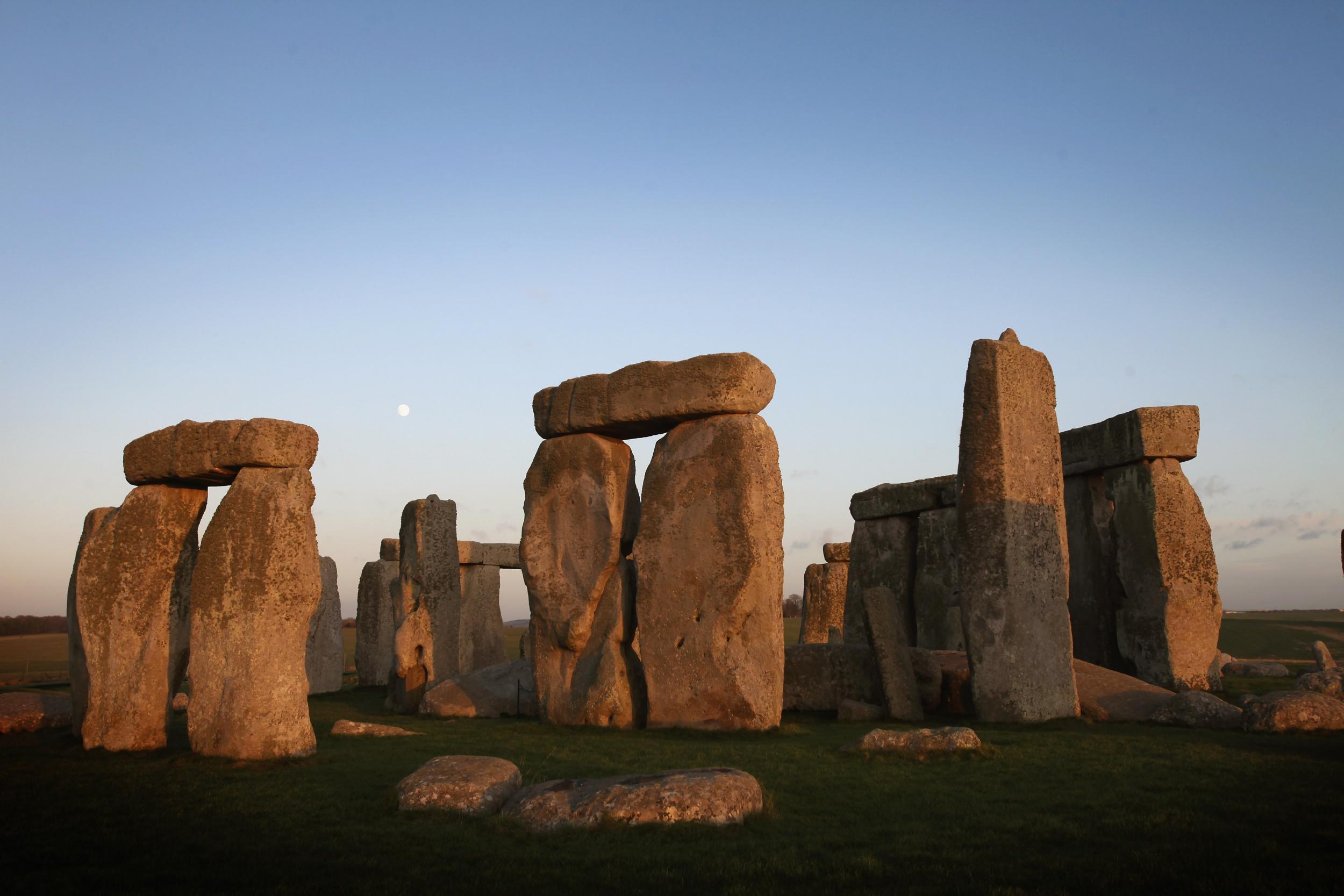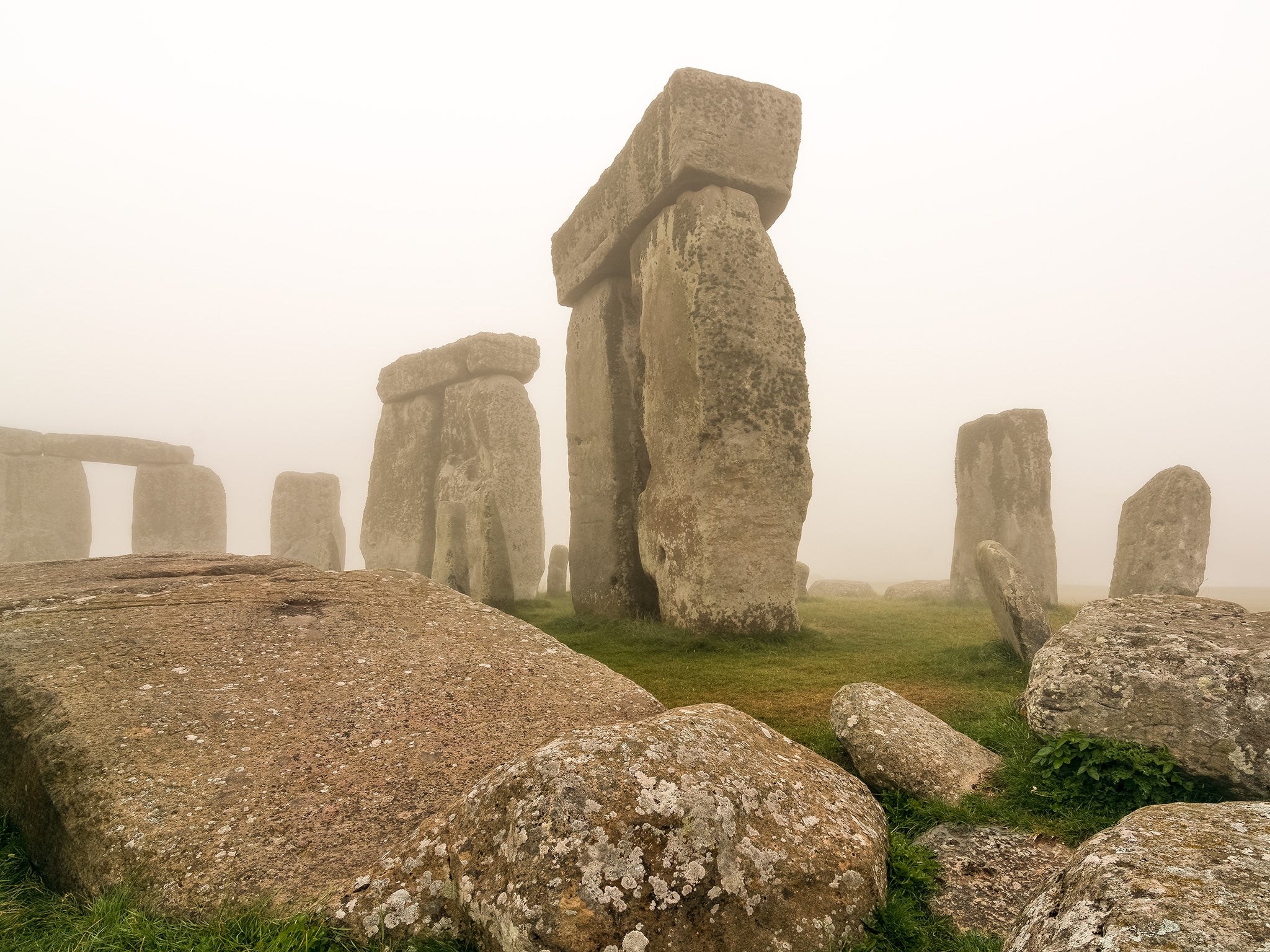Stonehenge was dismantled in Wales and moved to Wiltshire, scientists claim
The Welsh connection isn’t just about stones it’s likely to be a long term movement from west to east at this particular time, says archaelogist Mike Parker Pearson

Your support helps us to tell the story
From reproductive rights to climate change to Big Tech, The Independent is on the ground when the story is developing. Whether it's investigating the financials of Elon Musk's pro-Trump PAC or producing our latest documentary, 'The A Word', which shines a light on the American women fighting for reproductive rights, we know how important it is to parse out the facts from the messaging.
At such a critical moment in US history, we need reporters on the ground. Your donation allows us to keep sending journalists to speak to both sides of the story.
The Independent is trusted by Americans across the entire political spectrum. And unlike many other quality news outlets, we choose not to lock Americans out of our reporting and analysis with paywalls. We believe quality journalism should be available to everyone, paid for by those who can afford it.
Your support makes all the difference.Stonehenge was originally a mass tomb in Wales before being transported to its current location on Wiltshire, scientists now claim.
Speaking at Hay Festival, archaeologist Mike Parker Pearson from University College London (UCL) said the 5,000-year-old monument originated 140 miles away in the Preseli mountains in west Wales.
Archaelogy teams from UCL and the University of Leicester were able to find the West Wales quarries that produced the spotted dolerite bluestones and the ryolite bluestones that make up the monument.
Professor Parker Pearson said: "The Welsh connection isn’t just about stones it’s likely to be a long term movement from west to east at this particular time
"Why dismantle an original monument? We’re wondering if it actually might have been a tomb with a surrounding stone circle which they dismantled. If that were the case they were basically carting the physical embodiment of their ancestors to re-establish somewhere else.
"Their idea of packing their luggage was rather more deep and meaningful than our own. They are actually moving their heritage, and these stones represent the ancestors. They are actually bringing their ancestors with them."
These types of stones form natural pillars allowing the prehistoric tribesmen insert wooden wedges into the cracks allowing rain to swell the wood and crack the stone, Telegraph reports.
The teams believe they can match up which stones were cut from which part of the rock face.
They found around 500,000 bone fragments at Stonehenge which they say came from people who lived in the West of Britain, potentially Wales.
It is thought that some of the fragments belong to the ancestors who were brought from Wales to be reinterred.
Professor Parker Pearson added: “The more we find out about Neolithic society, their culture and religion, it is focused on the ancestral dead. If you build in stone for the dead, that is a society that is worshiping its ancestors.
"Where are the dead? The simple answer is Stonehenge, because what we hadn’t realised was that Stonehenge is the largest cemetery of the entire 3rd millennium BC in Britain.
“Most of those remains are cremated. Just burnt fragments. There were several hundred people buried."

There is currently no evidence to explain why the Welsh move to Wiltshire but Professor Parker Pearson suggest it was built to unite warring tribes.
A team from UCL are launching a dig this summer to hopefully find the original Welsh tomb.
Join our commenting forum
Join thought-provoking conversations, follow other Independent readers and see their replies
Comments